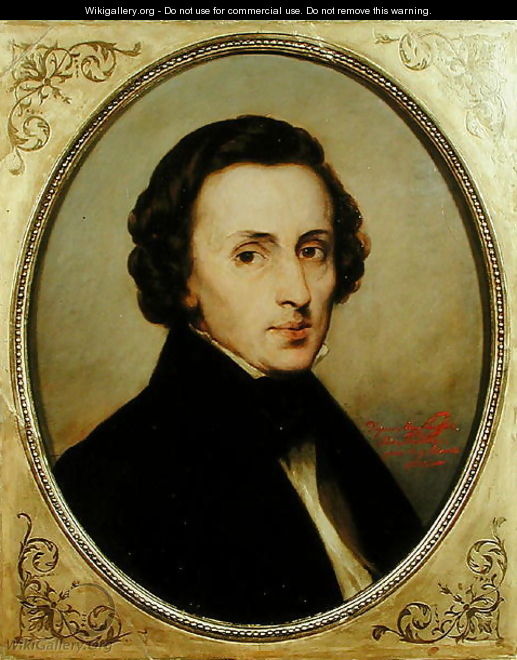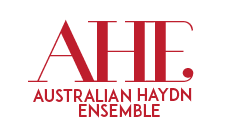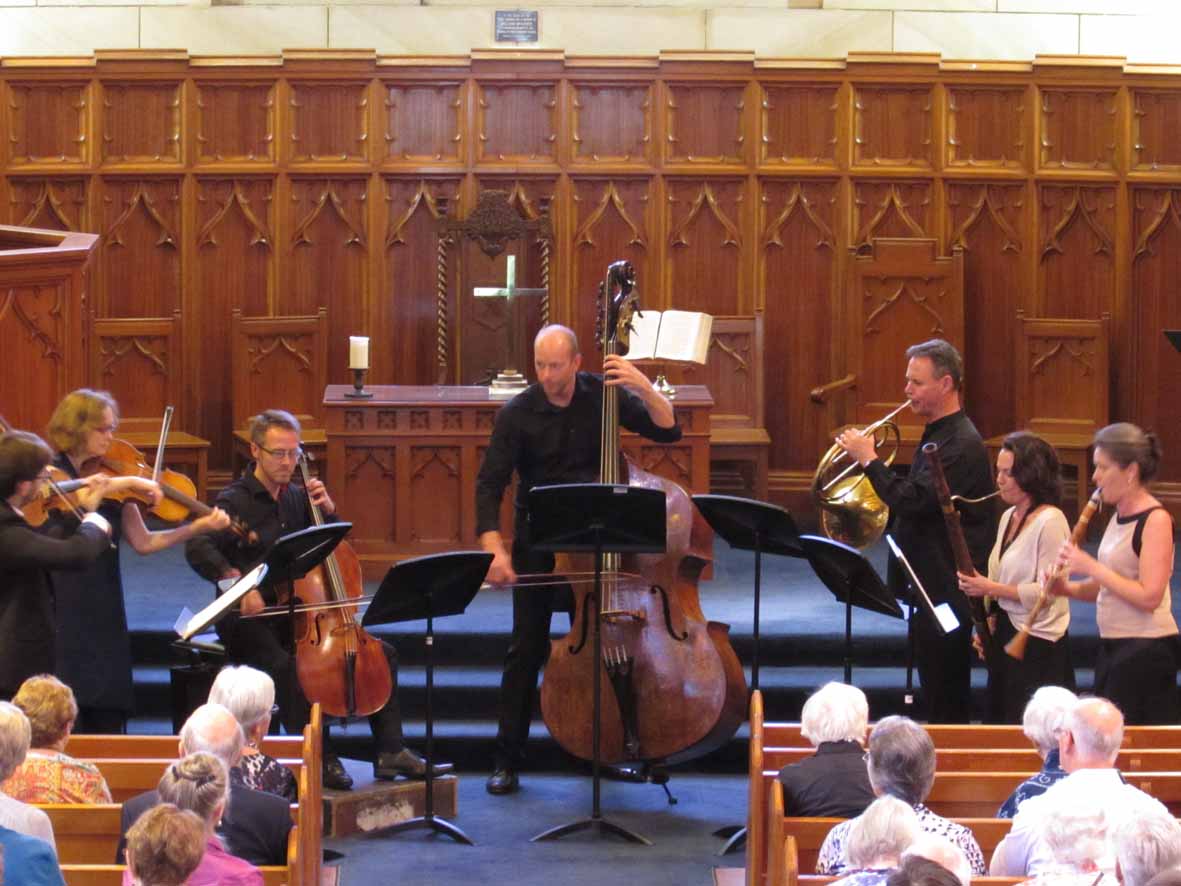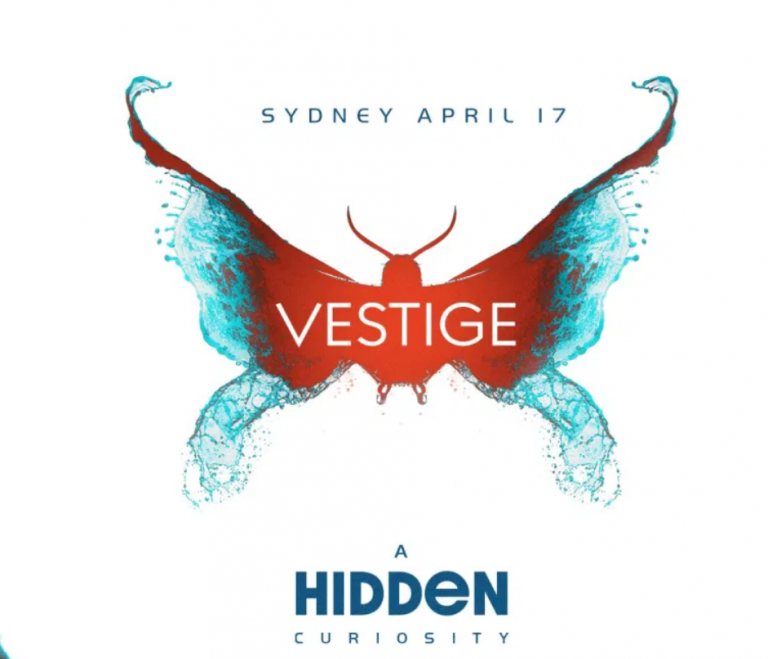Concert Review: Mozart’s Requiem/ Sydney Chamber Choir/ Muffat Collective
Concert Review: Sydney Chamber Choir/ Muffat Collective and soloists
City Recital Hall, Sydney and Australian Digital Concert Hall
27 April 2024
Image Robert Catto
The Sydney Chamber Choir, an augmented Muffat Collective led by Matthew Greco, and four vocal soloists, all under Artistic Director Sam Allchurch are simply magnificent in their concert entitled Mozart’s Requiem.
Performed live and on Australian Digital Concert Hall, the choir was in exceptional form, clear-toned and cohesive in this demanding program which opens with J S Bach’s motet Singet dem Herren ein neues Lied BWV 225, followed by two reverential prayers, Iain Grandage’s Why Do We Exist? and Mozart’s Ave Verum Corpus (K618). Mozart’s immortal Requiem (K626), written as a tribute to the dead, and today a monumental affirmation of life, occupies second half of the program.
There is every reason a concert embodying Mozart’s Requiem should begin with Bach’s three-movement motet Singet dem Herren ein neues Lied. According to the music critic Johann Friedrich Rochlitz, Mozart was in Leipzig in 1789 when he heard this motet sung at the Thomasschule. Rochlitz describes the event: “Hardly had the choir sung a few measures when Mozart sat up, startled; a few measures more and he called out: ‘What is this?’ And now his whole soul seemed to be in his ears. When the singing was finished, he cried out, full of joy: ‘Now, there is something one can learn from!’ ” Mozart’s reaction was well warranted.
The choir sings the ringing antiphonal calls of Singet dem Herrn with restrained joy and crisply lifted phrases. After all, there is plenty of excitement to come. The Baroque embellishments are richly twirled in the complex, imitative fugue. The middle section chorale and aria are sung in simple, straightforward Lutheran style with the second choir stating the gentle melody as the first choir interpolates a placid commentary above it.
Bach reverses the roles in the final section, perhaps to keep his choristers happy, as choir one takes the chorale and choir two, the aria. Allchurch presents the final chorus as a feather-light, rhythmic dance, with well-defined semi-quaver passages moving into a swaying triple time, the final notes plucked out of the air with ease.
However much choristers may argue the topic, in double-choir music there is rarely a ‘better’ choir and a ‘lesser’ choir. Voices are grouped according to how suited they are to the music and the balance amongst them. Allchurch achieves this with an astute blend and balance of the two ensembles.
Iain Grandage’s Why Do We Exist for mixed choir was premiered in 2016 by the Sydney Chamber Choir with the Orchestra of the Antipodes conducted by Jonathan Grieves-Smith, also performed at the City Recital Hall. The choir is joined by the string ensemble of the Muffat Collective with Anthony Abouhamad at the organ for this exquisite piece which seems not yet to have been adopted by the broader choral community despite its accessibility. Whistling from the choir and high glissandi in the strings evoke the tranquility of nature as the cellos enter with a pedal point, The acoustic effects continue as the violin introduces a melody built on descending 4ths, leading the choir to a hushed and prayerful gratitude of Chris Wallace-Crabbe’s poem and an impeccably controlled conclusion.
The motet Ave Verum Corpus is also a prayer which matches Grandage’s piece in instrumental forces and matches the Requiem having been composed during the last year of Mozart’s life. Commemorating the Eucharist, the musicians neatly encapsulate the brilliant yet simple and transparent lines, sung sotto voce as Mozart instructed.
For the Requiem, the Muffat Collective grows to 22 as strings and organ are joined by bassett horns, trumpets, trombones and bassoons with timpani, staying true to Mozart’s orchestration and giving the opening bars their distinctive plangent character. Often sung by the might of a symphonic choir with orchestral forces to match, in today’s configuration, the 27-singers are more in proportion to the size of the band specified by Mozart.
Eschewing German Latin pronunciation and adhering to the traditional Latin of the mass, the ensemble with soprano Celeste Lazarenko, mezzo-soprano Helen Sherman, tenor Richard Butler and bass David Greco, present an exceptional account of Mozart’s incomplete swansong with vivid word-painting. The Introit is darkly majestic, the Dies Irae, thunderous and declamatory and the Rex tremendae is explosive. In contrast, the Kyrie is a bouncing full-blooded fugue and the Lacrimosa is a heartfelt lament. Lazarenko has another outing with Mozart in this concert after her recent role as Ilia in Opera Australia’s production of Mozart’s Idomeneo. The four soloists work together well, instinctively retreating when one or the other takes the solo line.
Allchurch paces his forces in sympathy with the style, allowing the three dominant textures of the Requiem to shine, exemplified by the chordal style of the Rex tremendae, the counterpoint of the Requiem aeternam and the lyricism of the Recordare.
It really is 40 years since the Miloš Forman directed film Amadeus came to the screen with its elaborated tales and the inane laughter of actor Tom Hulce playing Wolfgang Amadeus Mozart. The 1979 play Amadeus by Peter Schaffer, on which that movie was based, is now set for a TV adaptation with filming to begin in 2024. Will Sharpe, 2023 Emmy nominee for his role in season two of The White Lotus will play Mozart. Paul Bettany, best known for his roles as J.A.R.V.I.S. and Vision in the Marvel Cinematic Universe will play Mozart’s arch nemesis, Antonio Salieri.
Mozart and his music continue to be at the forefront of classical and popular culture around the world. No more words. You really needed to be there.
Shamistha de Soysa for SoundsLikeSydney©
Read our review of the Sydney Chamber Choir’s recent Winter Nights concert.








h9gsjo
jjr345